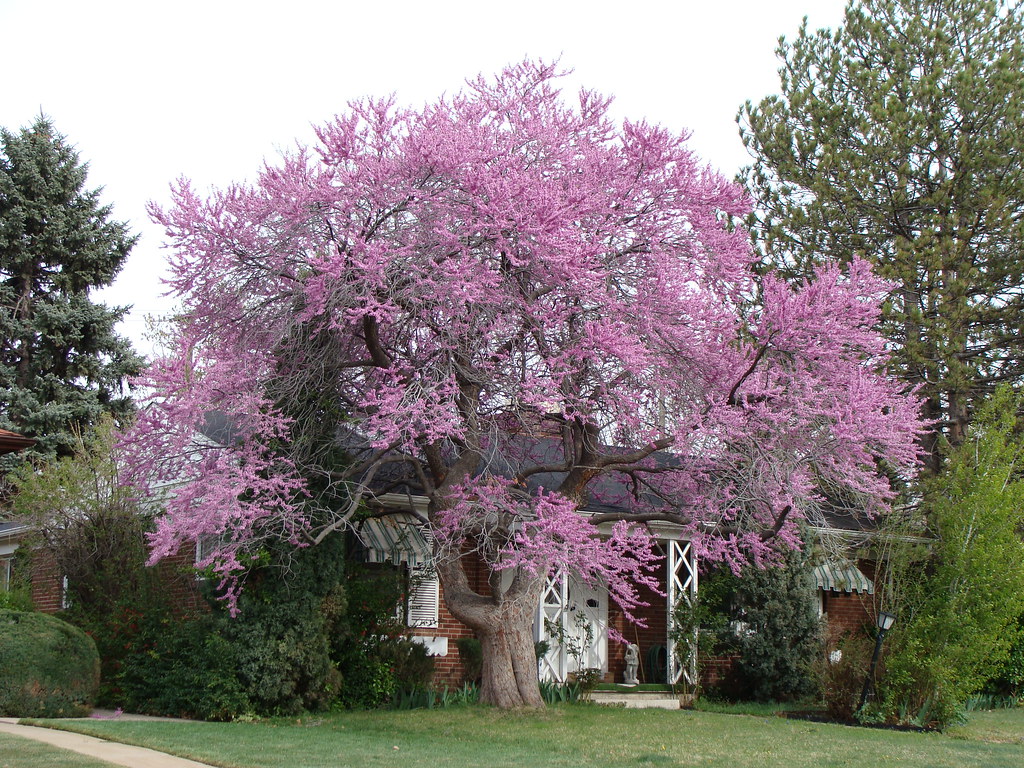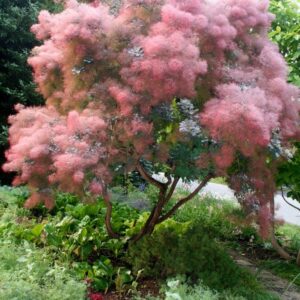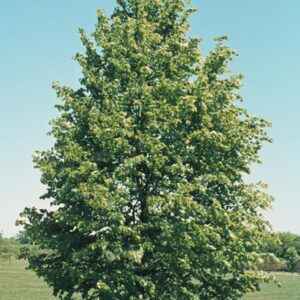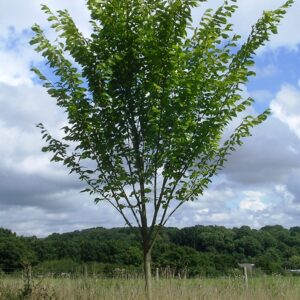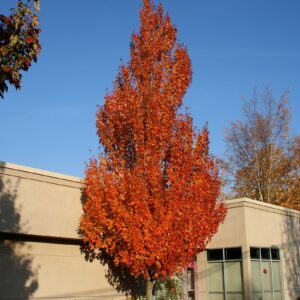Description
Eastern Redbud Characteristics
These large ornamental trees are native to Canada, and the American northeast and southeast. They are naturally found in open woodlands or along rocky streams. The small flowers bloom in clusters of 4.
Eastern Redbud can be vulnerable to canker, verticillium wilt, dieback, leaf spots, mildew, and blights. A number of insects may make their home on Eastern Redbud, including Japanese beetles and caterpillars. Regular watering, fertilization, and pruning dead branches can help to combat disease.
-
USDA Climate Zone
Zones 4 - 8
-
Height
20.00 - 30.00
-
Spread
25.00 - 35.00'
-
Bloom Time
April
-
Water
Medium
-
Sun
Full Sun - Part Shade
-
Maintenance
Low
-
Deer Resistant?
Yes
